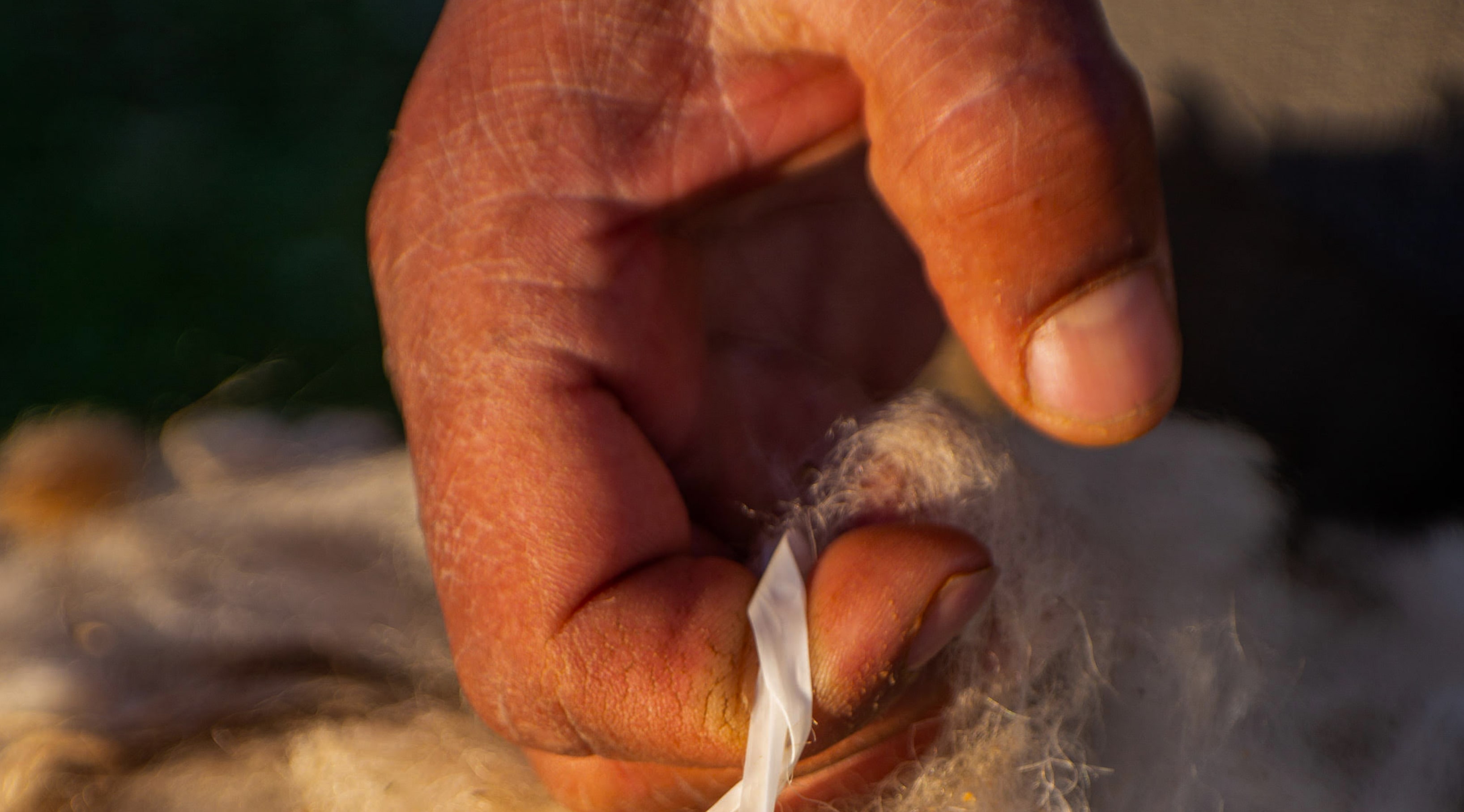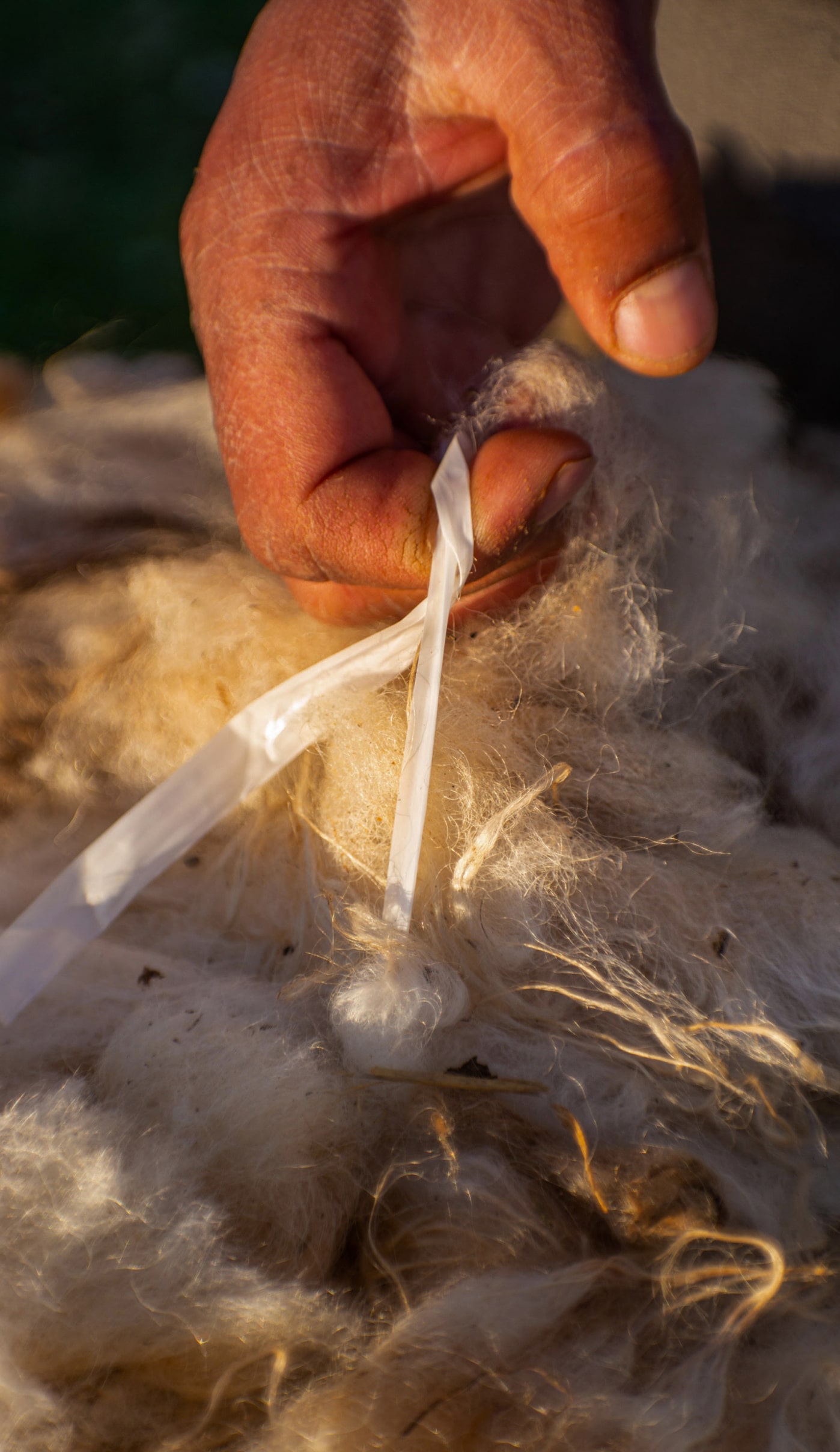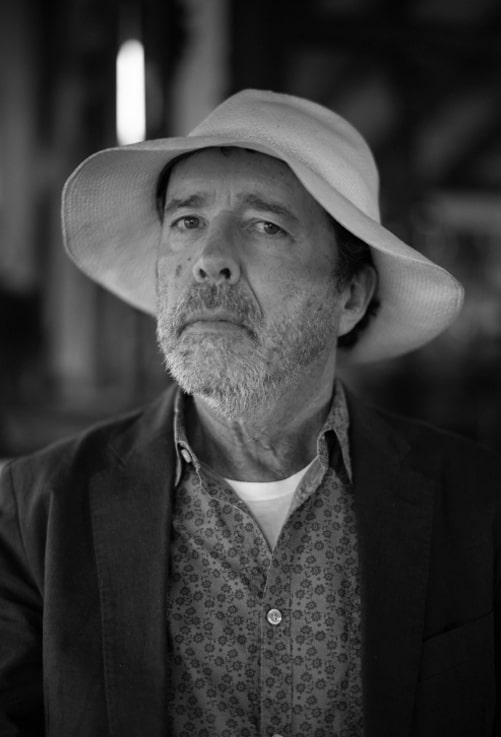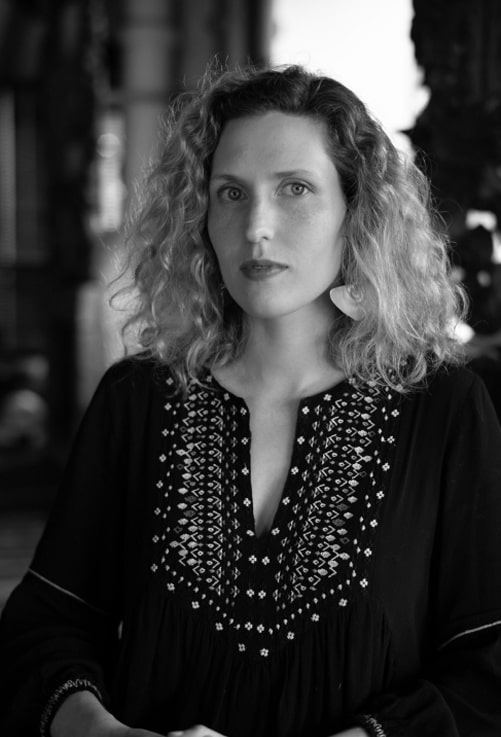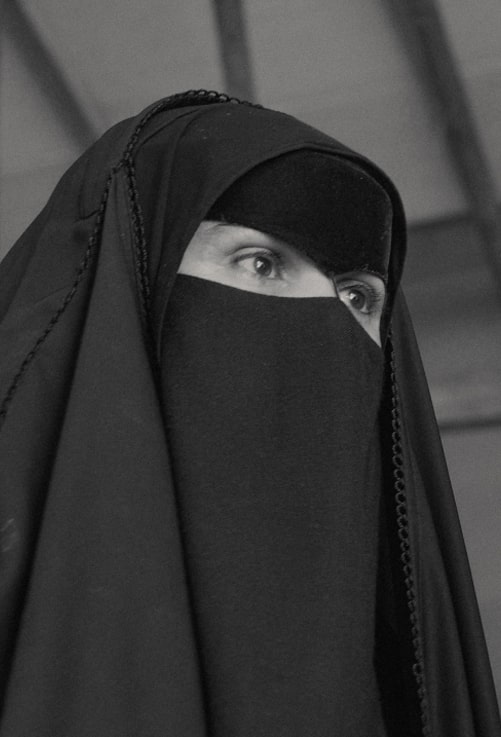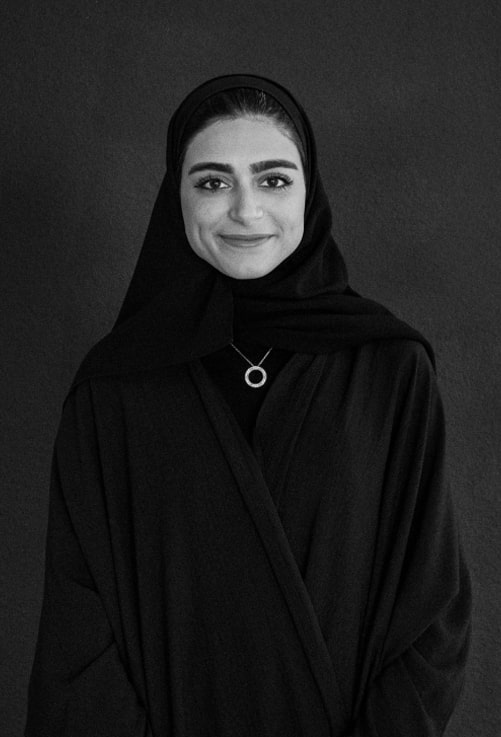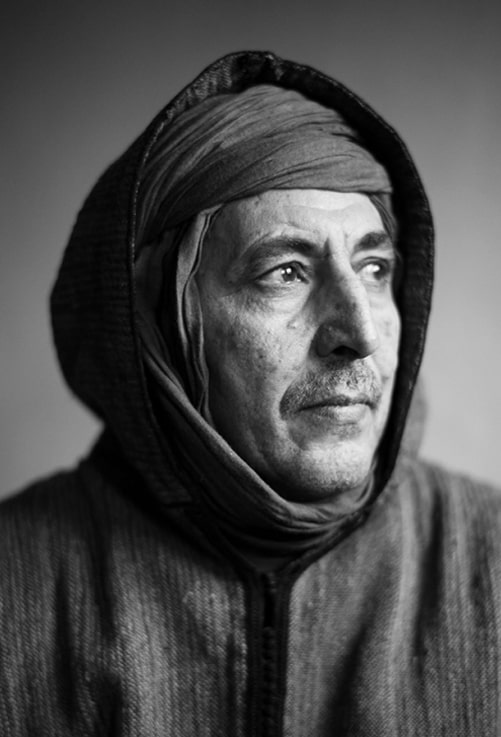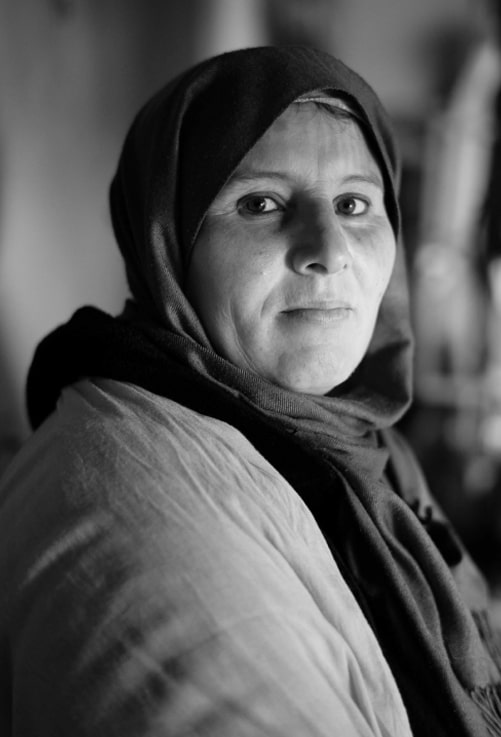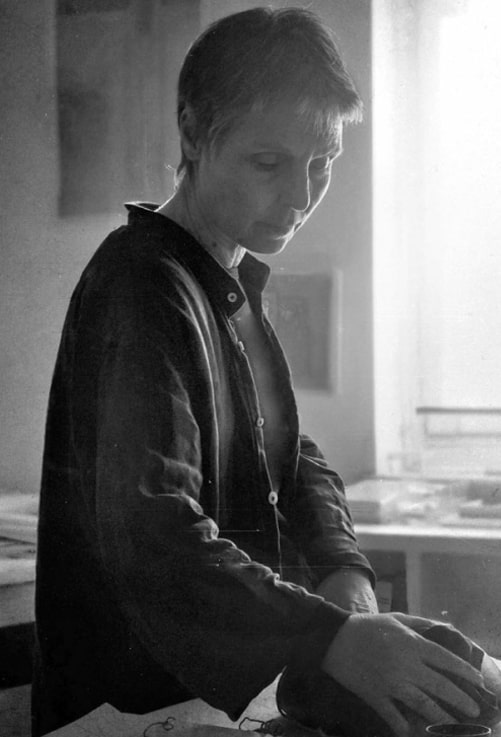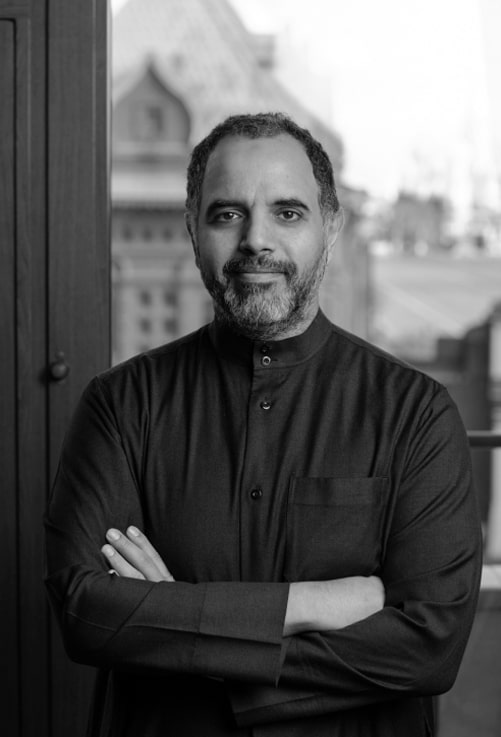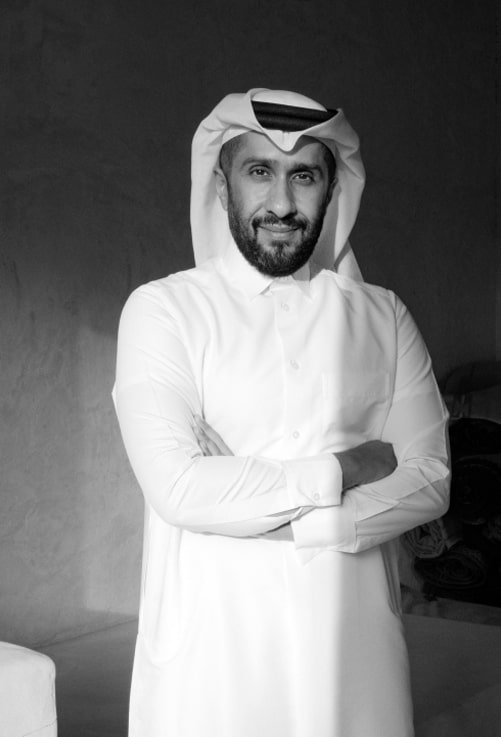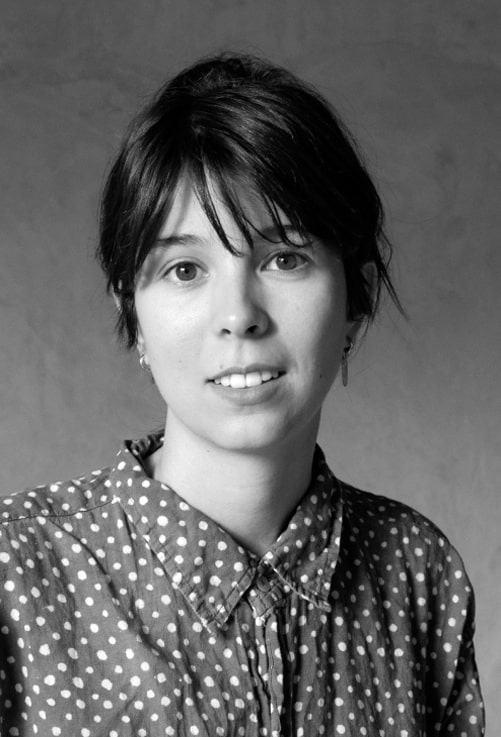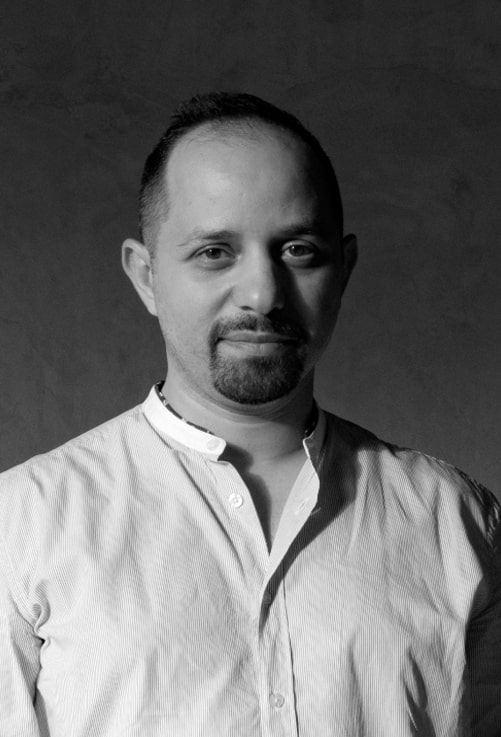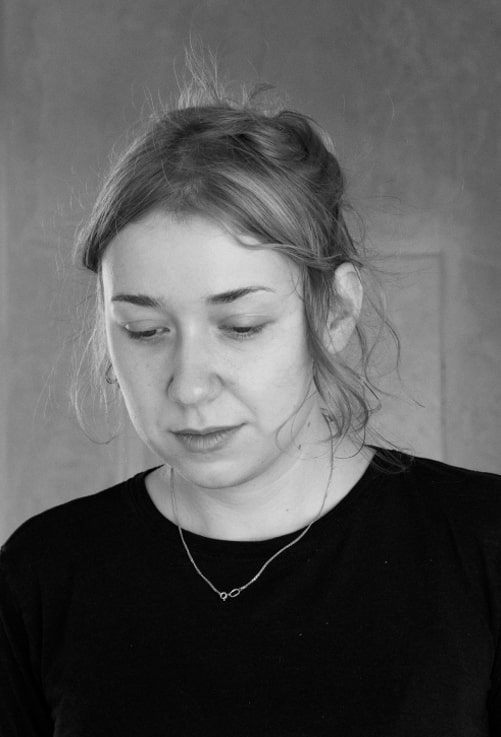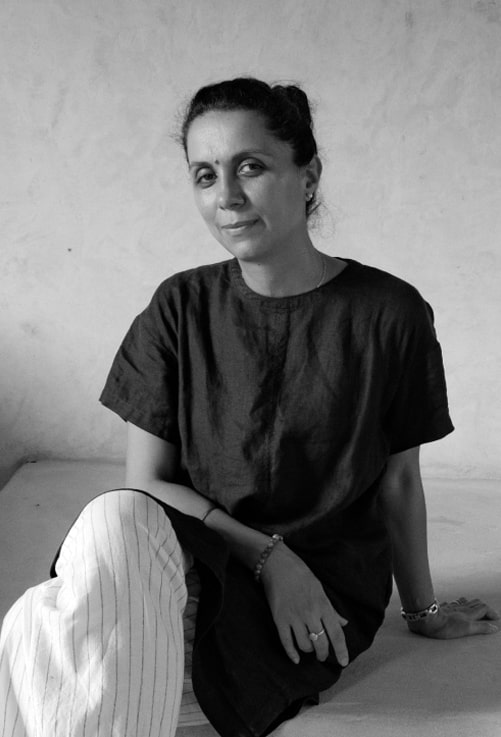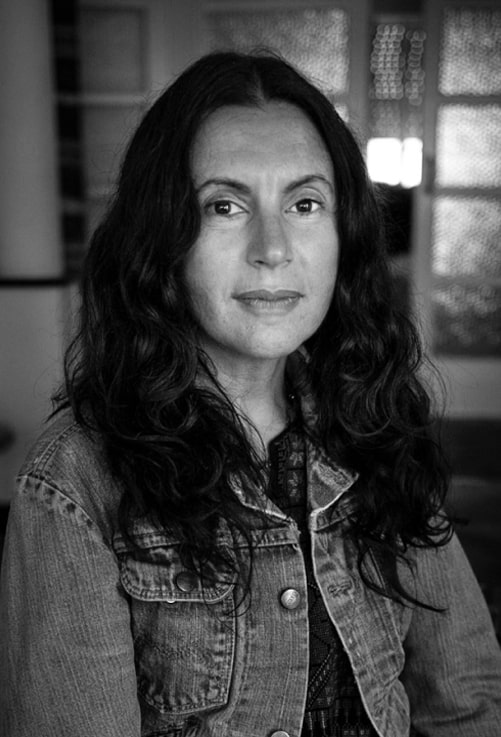Majlis: Research
Majlis مجلس stands for a place to receive guests. It is also a word for assembly. Majlis embodies the bridge between the personal and the public. It is a space of hospitality that preserves the tradition and nurtures the sprouts of new communality.
The Majlis: A Meeting Place is a
The Majlis structure was originally built using textiles and bamboo by two teams of specialists in Colombia and Morocco. In the current iteration of The Majlis: A Meeting Place exhibition, we include the work of local Qatari artisans. Al Sadu weavers produced over 360 square metres of textiles for the walls, doors, and roof of the construction as well as eight special symbolic rugs — two for each entrance.
The Majlis is surrounded by a garden that brings together herbs and edible plants mentioned in the Quran, twenty different kinds of palms, and Sidra trees, which are known as emblematic plants of Qatar. All the plants in the garden come from the Heenat Salma Farm and the soil they grow in has been specially prepared with the use of local organic compost.
